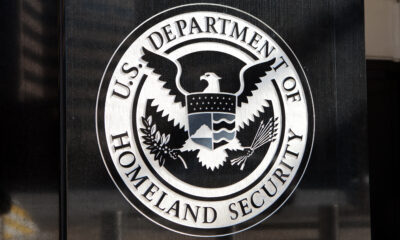Inflation Reduction Act Leading To Widespread Drug Shortages

As the nationwide drug shortage situation intensifies, former Food and Drug Administration (FDA) Commissioner Scott Gottlieb has raised a warning flag over the newly enacted so-called “Inflation Reduction Act.”
According to Gottlieb, the Act’s price controls pose a significant risk to the availability of crucial medications, especially the sterile injectable type, which often includes vital cancer treatments. In addition, he points out that the Act might deter generic manufacturers from taking necessary price increases, thereby affecting the drug supply chain and creating supply shortages.
Entering a market for the first time or upgrading a facility to meet state-of-the-art regulations requires capital. Manufacturers need a return on these investments to sustain production, Gottlieb explains. Unfortunately, the Act’s restrictions might force these costs out of the companies’ pockets.
Ozempic, a diabetes treatment, is an emblematic case of the crisis, witnessing an extreme shortage despite soaring demand. Health providers handed out over 313,000 prescriptions for Ozempic in January alone, up nearly 78% from the year before.
The Act’s limitations are hitting manufacturers at an alarming time when the Senate Committee on Homeland Security and Governmental Affairs reports a five-year high of active drug shortages — over 295 at the end of 2022.
The current crisis surfaces entrenched problems in America’s drug supply chain, especially around widely-used generic drugs. There’s a concerning “race to the bottom” in price that chills investment in manufacturing and often leaves just one or two companies actively producing a drug that is in shortage.
An approach to price regulation, like the Inflation Reduction Act, seems justifiable in a system criticized for high drug prices. However, it might also stifle manufacturers’ willingness to upgrade their facilities or innovate, leading to more shortages.
“The reimbursement for these drugs under government programs has been driven down very low. It’s fine when it comes to a pill form drug where there’s not a lot that can go wrong. But when it comes to an injectable drug, you need to leave a margin in so people can reinvest in manufacturing facilities,” Gottlieb emphasizes.
Despite ongoing examinations by the Biden administration and Congress to address the national security issue, including via a reauthorization of the Pandemics and All-Hazards Preparedness Act (PAHPA), the path forward still needs to be more straightforward. The White House has a team addressing the ongoing shortages, and the House Energy and Commerce Committee promises to work for solutions to the ongoing supply issues.
However, the government’s ability to respond effectively is questionable. The current shortage issue demands a comprehensive review of the Inflation Reduction Act’s impact on the pharmaceutical industry rather than a hasty rush to cap drug prices. As the nation grapples with this complex issue, it becomes clear: policies aimed at inflation reduction must also account for market realities to ensure continued access to life-saving treatments.
























